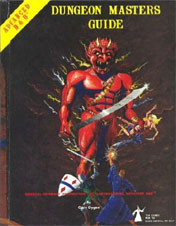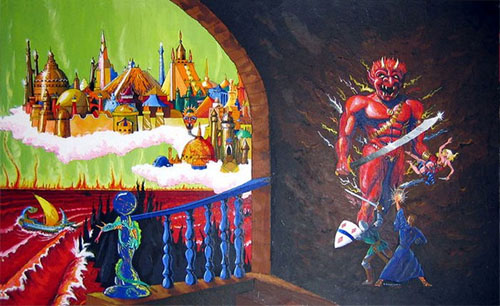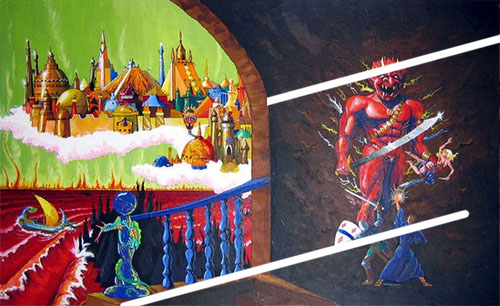Found a great word the other day: Scurrier.
It’s an old term referring to “one sent out to reconnoiter or scout”. It originally seems to have applied specifically to military scouts (who would be sent out to “scour” the countryside), but in the 16th century it seems to have migrated into more domestic concerns as a sort of “special agent” before abruptly disappearing from the language.
I just love the archaic tang of it. It makes it sound like the perfect job for a group of PCs: Whether exploring a vast wilderness; investigating extraordinary crimes; acting as agents in a foreign land; or any number of other activities.
It could also be readily applied to any number of modern milieus as well: Scurriers of the Knight Templars emerging from the hidden sanctuaries to pursue the Order’s agendas in the 21st century. Or perhaps agents of an ancient order which has charged itself with scourging the planet of the vampiric plague.
What about applying it as a bit of cyberpunk slang referring to the ‘runners who scout out the digital frontiers?
Once you start looking, it seems like there’s no place you won’t find scurriers scurrying.
















